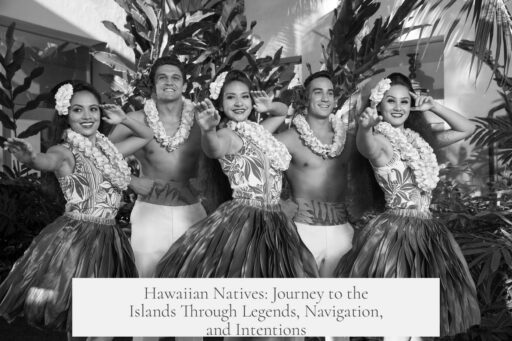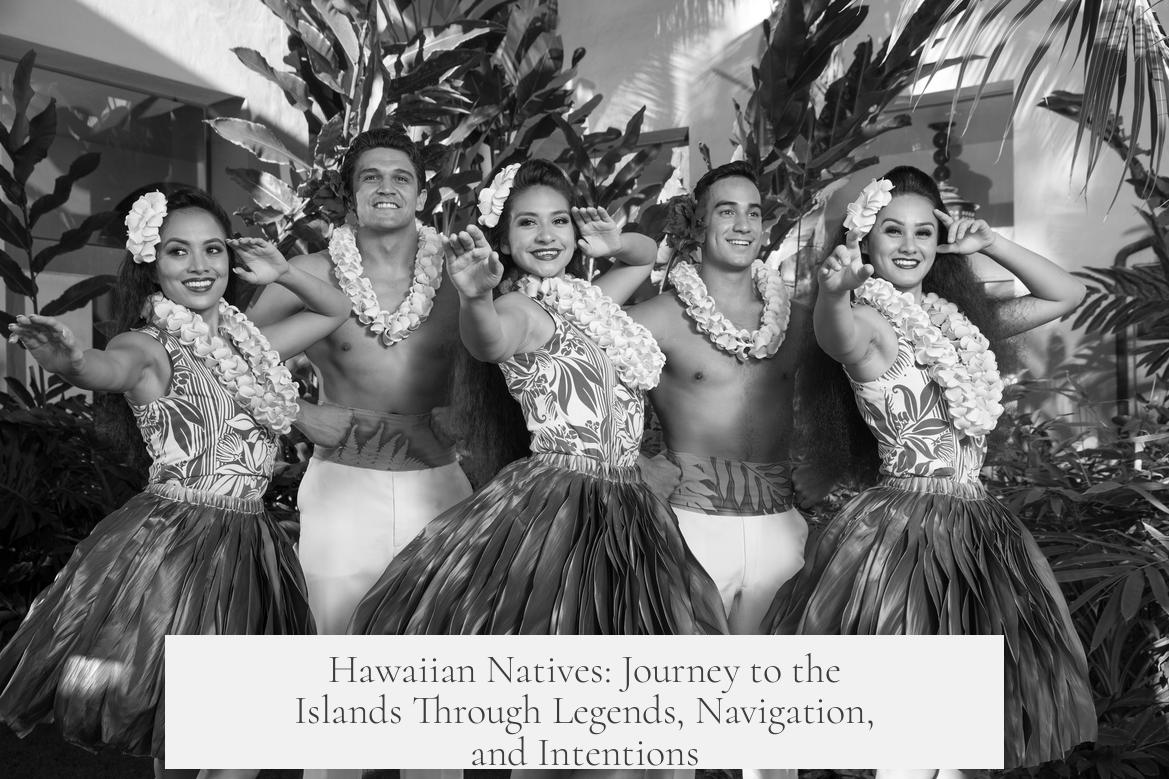Hawaiian natives reached the Hawaiian Islands through deliberate Polynesian voyaging across the Pacific Ocean using advanced navigational skills and robust double-hulled canoes. The initial settlement comes from skilled Pacific explorers who traveled thousands of miles from other Polynesian islands.
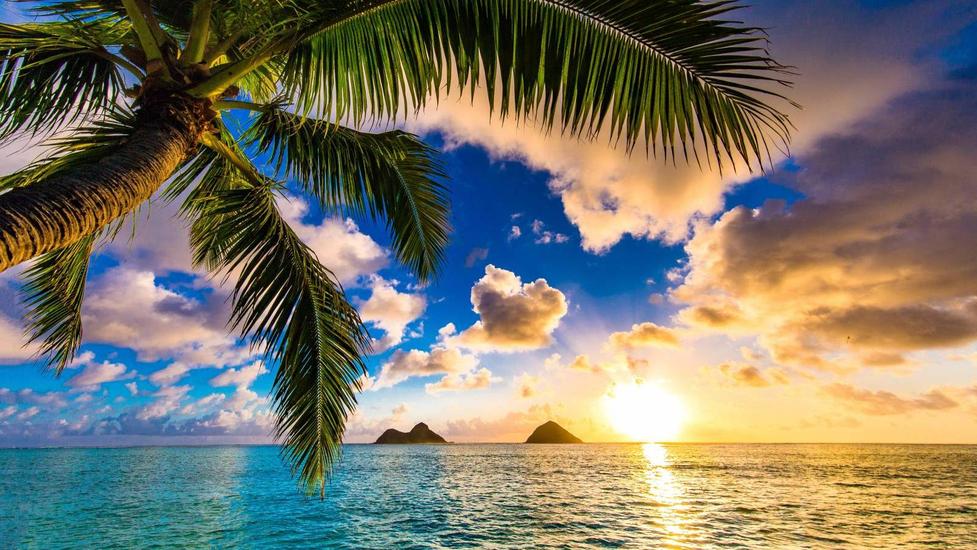
Hawaiian oral traditions tell stories about early discovery. One legend speaks of Hawai’iola, a fisherman who found the islands on a long fishing trip. He returned with his family and settled, naming the largest island after himself. Another tale describes a semi-divine figure, Tafa’i, who discovered the islands by fishing them up from under the ocean and bringing settlers from the Tuamotos. These stories highlight the Polynesians’ deep connection to the ocean and their intentional exploration.
The general scholarly consensus holds that Hawai’i was settled from Hiva, present-day Marquesas Islands, supported by linguistic links. Some theories consider the Cook Islands or Tahiti as alternate origins but Marquesas remains the favored source.
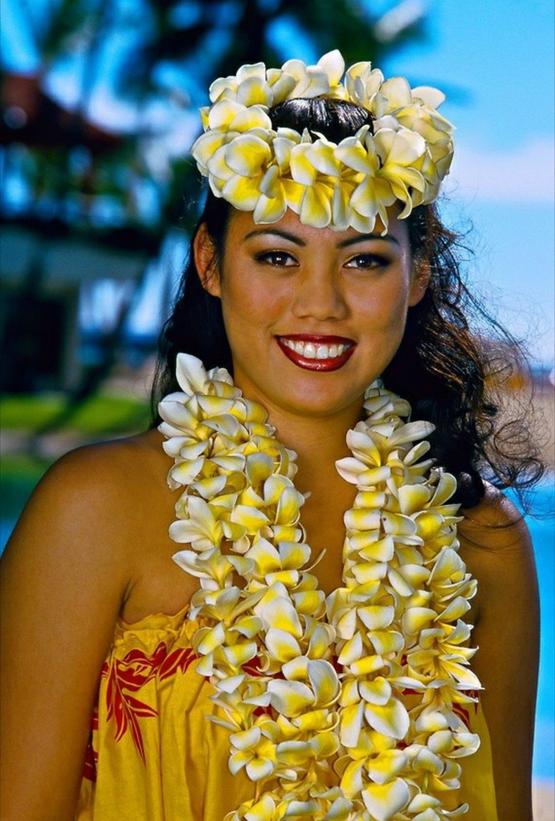
When exactly Polynesians arrived in Hawai’i remains uncertain. Earlier estimates placed settlement around 400 AD. New radiocarbon dating, however, shifts this origin between 1000 and 1200 AD. Archaeologist Patrick Kirch supports this later timeframe, which aligns with rapid settlement patterns across the Pacific noted in recent research.
Polynesian navigator expertise underpins their remarkable oceanic feats. They sailed in double-hulled canoes designed for long journeys. These canoes are seaworthy vessels capable of extensive travel between distant islands. Navigation relied on multiple natural cues:

- Stars to orient direction
- Flight paths of birds heading to land
- Whale migration paths
- Wave patterns and swell reflections
The Polynesian Voyaging Society revived these techniques in the late 20th century using the replica canoe Hokulea. Demonstrating the feasibility of traditional methods, the Hokulea voyage from Hawai’i to Tahiti and back in 1976 and subsequent voyages across Polynesia prove ancient knowledge was sufficient for successful long-distance travel.
Early Western theories often suggested Polynesians stumbled upon islands by accident during storms. Captain James Cook reported native canoes blown thousands of miles off course. He used this to explain island settlement as likely incidental.
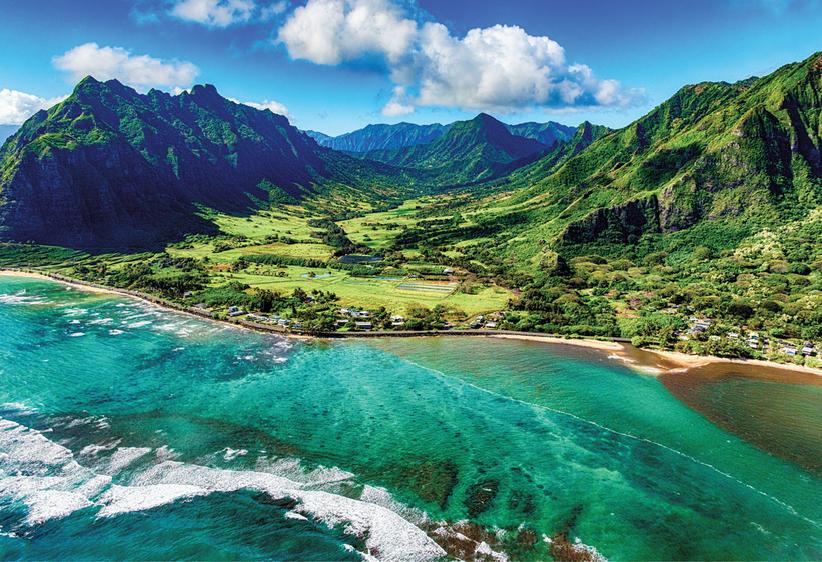
More modern views propose Polynesians deliberately explored oceanic frontiers. Geoffrey Irwin, an expert in Pacific navigation, suggests voyagers utilized wind shifts to sail against prevailing easterlies for new land. This theory highlights Polynesians as purposeful explorers advancing through the vast Pacific. However, this tactic was unnecessary for Hawaii’s discovery from the Marquesas because the journey sailed consistently with prevailing winds.
Polynesian navigators might have also inferred island locations by observing the flight of birds known to migrate between Tahiti and Hawai’i, such as the Pacific Golden Plover. Such natural signs would have guided explorers toward Hawaiian lands.
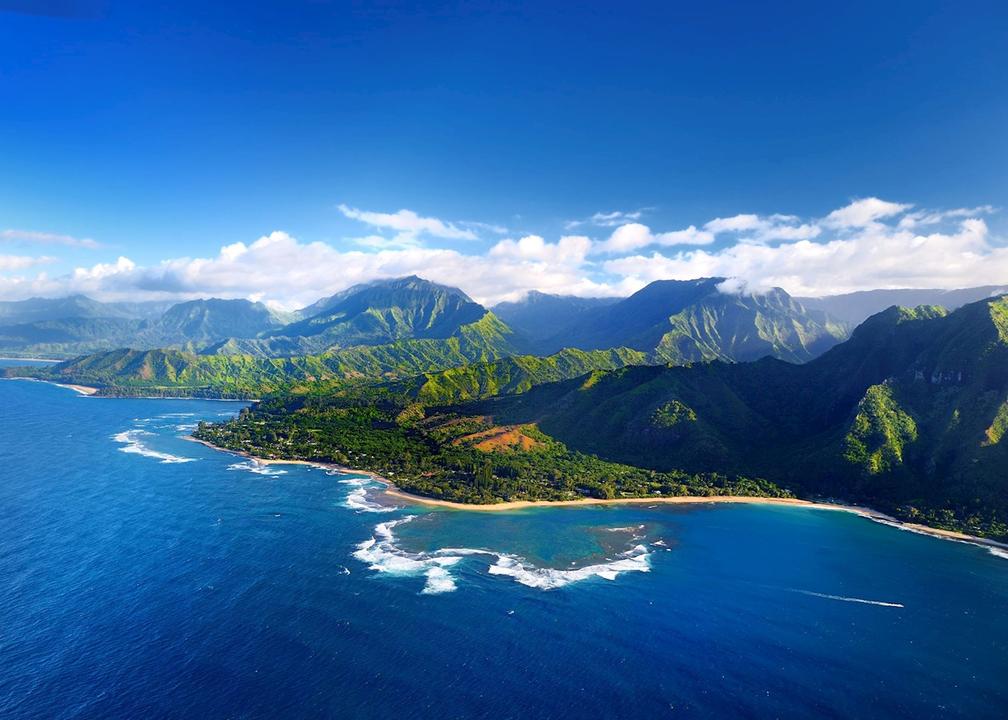
Despite strong evidence for seafaring skill and intentional navigation, the precise reasons Polynesians ventured so far north to find Hawai’i remain elusive. It might have been a mix of deliberate journeys combined with some fortuitous events.
Key takeaways:
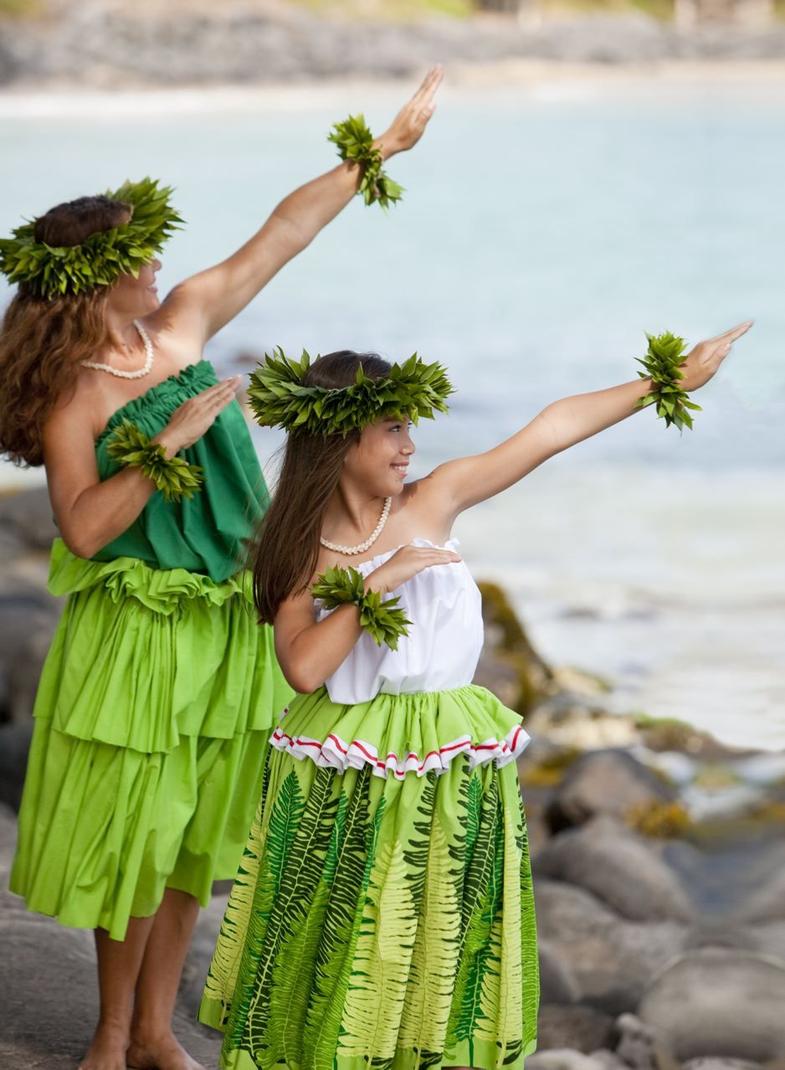
- Hawaiian settlers sailed from Polynesian islands, mainly the Marquesas, using double-hulled canoes.
- Settlement likely occurred between 1000 and 1200 AD, not earlier.
- Polynesian navigators used stars, birds, whales, and wave patterns to find islands.
- Oral traditions describe purposeful discovery and settlement of Hawai’i.
- Voyaging Society’s Hokulea confirms feasibility of ancient navigation techniques.
- Discovery may have been a deliberate exploration rather than accidental drift.
How Did Hawaiian Natives GET to Hawaii in the First Place?
The Hawaiian natives arrived on the islands thousands of years ago by skilled Polynesian voyagers who crossed vast oceans on double-hulled canoes, using expert navigation techniques to find and settle the remote Hawaiian archipelago. But how exactly did they manage this incredible feat? The answer blends legend, science, navigation prowess, and a dash of mystery.
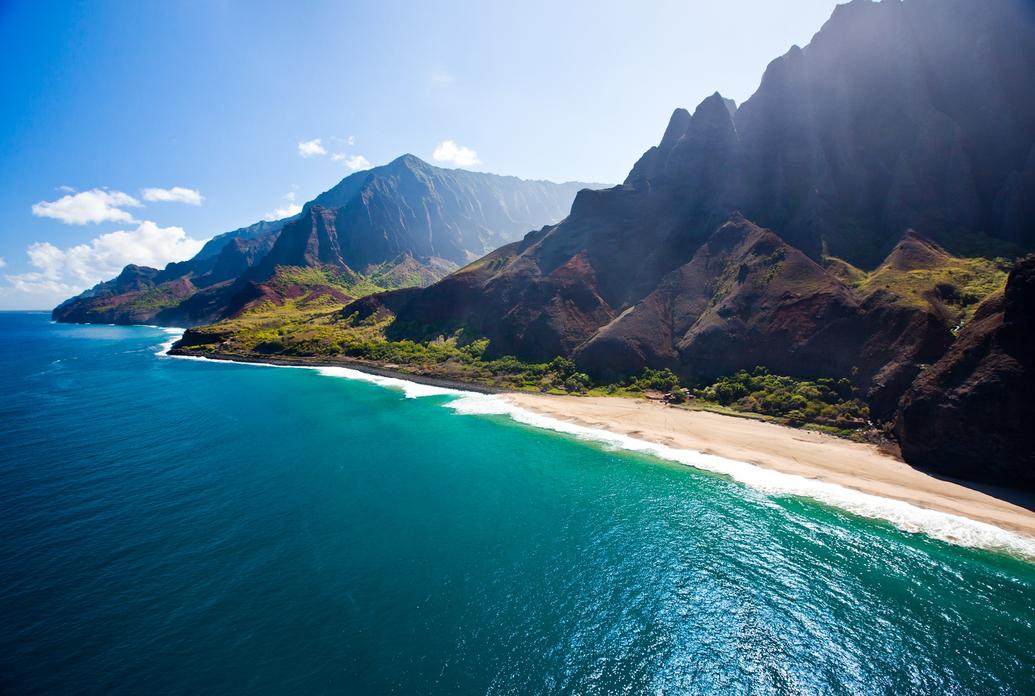
Let’s embark on this journey together and unravel the fascinating story of how the first Hawaiians got to Hawaii.
The Polynesian Discovery Stories: Legends that Anchor a Real Journey
Hawaiian oral traditions provide rich stories about the islands’ first settlers. These tales are more than myths; they carry clues about ancient voyages across the Pacific. One such story centers on Hawaiʻiola, a fisherman who supposedly discovered the islands on a long fishing trip.
According to 19th-century Hawaiian scholars Kamakau and Kepelino, Hawaiʻiola returned with his family to settle the islands. Interestingly, the largest island bears his name: Hawaiʻi. These legends give us a poetic glimpse into how the islands could have been found and inhabited.
Another tale involves a semi-divine hero named Tafa’i who ventured north from the Tuamotos. He allegedly fished the islands up from beneath the sea and invited people to settle there. In a mix of mythical adventure and human colonization, Tafa’i tried to tow the Hawaiian islands closer to Tahiti with his canoe. This plan failed when his crew broke a taboo, reminding us how these narratives mix spiritual elements with exploration.
Historical records and linguistic evidence mostly support the idea that the settlers came from an origin point called Hiva — which scholars identify with the Marquesas Islands. Though some suggest the Cook Islands or Tahiti as alternative points of departure.
When Did This Happen? The Timing Debate
Trying to pin down exactly when Polynesians first settled Hawaii is like trying to catch a wave — tricky and full of surprises. For many years, archaeologists estimated the arrival around 400 AD. However, newer research from 2011, applying advanced radiocarbon dating techniques, pushed that timeline forward to between 1000 and 1200 AD.
Thornton Kirch, a respected researcher, supports this later date. If true, it means Hawaii was one of the last major island chains in Polynesia settled, a bold final frontier for these ocean explorers.
So, whether the story started early in the first millennium or nearly a millennium later, the evidence suggests the settlement spread rapidly once it began. This rapid colonization reflects the Polynesians’ impressive navigation and voyaging skills.
How Did They Navigate the Vast Pacific?
This question is the heart of the story. Polynesians had no GPS. Instead, they built and sailed sophisticated double-hulled canoes, vessels engineered for enduring long, open ocean voyages.
Their navigation methods, however, were nothing short of genius. Polynesian navigators used the stars like an invisible compass, followed the flight patterns of seabirds, and tracked whale movements. They read subtle ocean swells and wave reflections that hinted at distant islands hiding beyond the horizon.
Modern voyaging validates these ancient skills. The Polynesian Voyaging Society of Hawaii built a replica canoe called the Hokulea. Beginning in 1976, the Hokulea sailed from Hawaii to Tahiti and back without modern instruments. These voyages were guided by Mau Piailug, a master navigator from Micronesia, who preserved the traditional arts of celestial and environmental navigation.
The Hokulea went on to complete a two-year circumnavigation of Polynesia and, remarkably, sailed to Easter Island and back by 2000. These voyages prove Polynesian navigators could and did deliberately explore vast distances, including to and from Hawaii.
Accident or Intentional Exploration?
For many years, historians believed ancient island discoveries were mostly accidents—canoes blown off course by storms, a theory that even Captain Cook supported. He encountered Polynesians blown a thousand miles off their course and suggested this explained how the vast South Pacific islands were settled.
More recent research challenges this accident theory. Geoffrey Irwin, a leading archaeologist, proposed a fascinating alternative: Polynesians had deliberate exploration strategies. They waited for rare shifts in wind patterns that let them sail eastward, usually an upwind direction, to discover new lands. When the winds changed back, they’d sail homeward. This approach shows a calculated, patient process of discovery rather than random chance.
This strategy likely accelerated Polynesian expansion through the South Pacific. However, for the northern voyage to Hawaii from the Marquesas, sailing across prevailing winds suggests that other tactics or knowledge were involved.
One intriguing idea is that Polynesian navigators observed native birds like the Pacific Golden Plover and the Bristle-thighed Curlew. These birds fly directly between Tahiti and Hawaii, offering a natural guide to unseen land north of their home islands—a clever use of nature’s own signals.
We Know What, But Not Why Exactly?
In the end, the Polynesians had the canoes, the skills, and the knowledge to settle Hawaii. What puzzles historians most is why and how they ventured so far north into unfamiliar waters. Was it accident? Some kind of spontaneous curiosity? Or calculated exploration? The true motivation remains unknown, but the feats themselves speak volumes about Polynesian courage and ingenuity.
Why Does This Matter Today?
Understanding how the Hawaiian natives first got here does more than satisfy curiosity. It honors a legacy of navigation genius and cultural depth. It also teaches us about resilience, adaptation, and human connection to the environment.
The revival of traditional voyaging in the modern era, like the Hokulea voyages, connects us back to this vital history. It inspires pride and awareness that ancient Polynesians did not drift aimlessly—they were purposeful explorers who opened the vast Pacific to human settlement.
So, next time you gaze across the blue Pacific, think about those fearless navigators who set forth into the unknown, guided by birds, stars, waves, and their unshakable desire to find new homes. Their story reminds us that human adventure is part of our DNA—sometimes it just requires a trusty canoe and a keen eye for a distant star.
How did the first Polynesians find Hawaii?
They used advanced navigation techniques like reading stars, bird flights, and ocean swells. Their double-hulled canoes made long voyages possible across the Pacific Ocean.
Did Polynesians reach Hawaii by accident or on purpose?
It is still uncertain. Some think it was by accidental drifting in storms. Others believe they purposefully explored new lands using winds and navigation knowledge.
Where did the Hawaiian natives come from originally?
Most likely from the Marquesas Islands, called Hiva in legends. Linguistic and cultural evidence support this origin, though Tahiti and Cook Islands are also possible sources.
When did Polynesians first settle Hawaii?
New research suggests settlement happened around 1000 to 1200 AD, later than previously thought. However, earlier dates like 400 AD are still debated among scholars.
How do we know Polynesians could sail such long distances?
The Polynesian Voyaging Society proved it by sailing a replica double-hulled canoe, Hokulea, across the Pacific using traditional navigation. This demonstrated their skill and technology.
